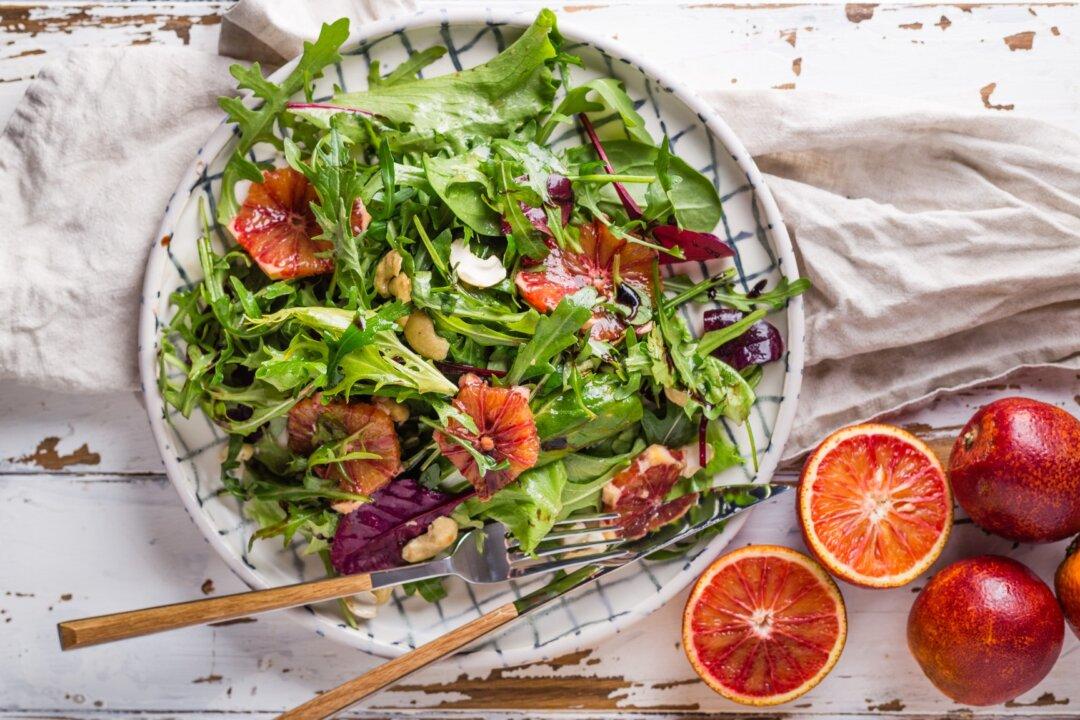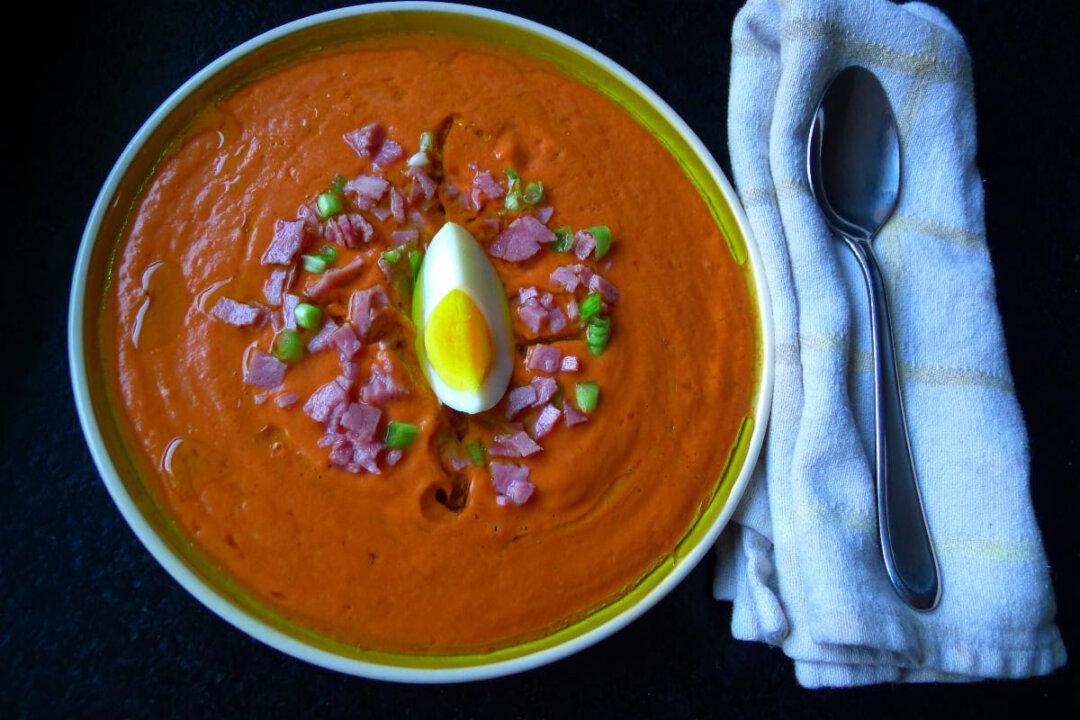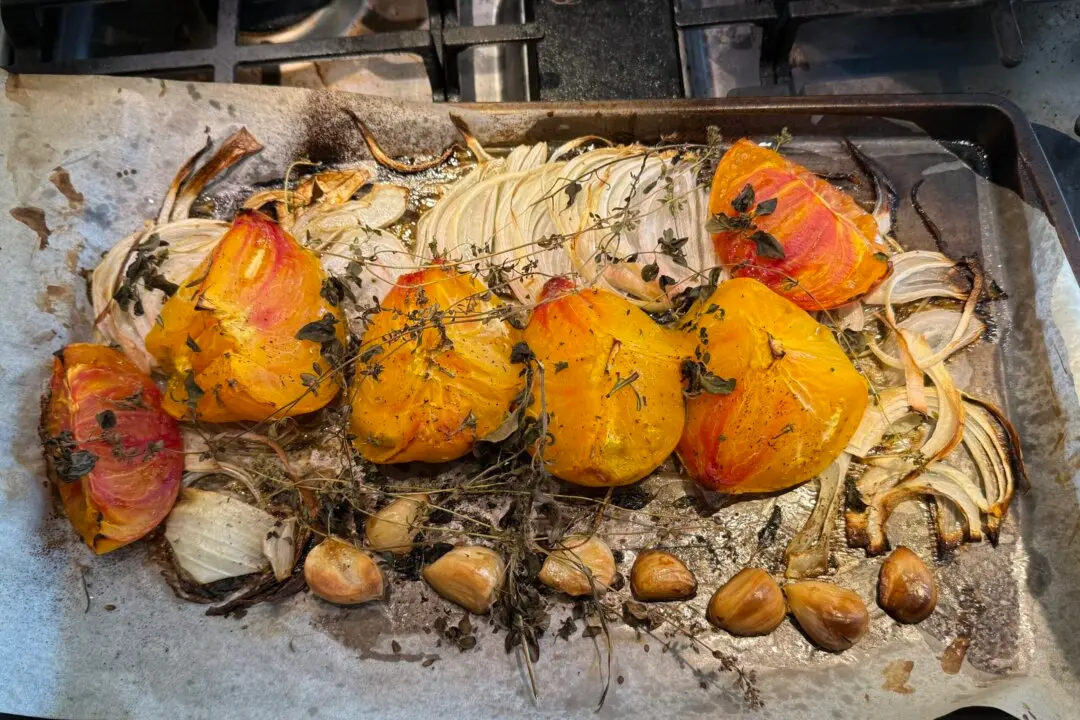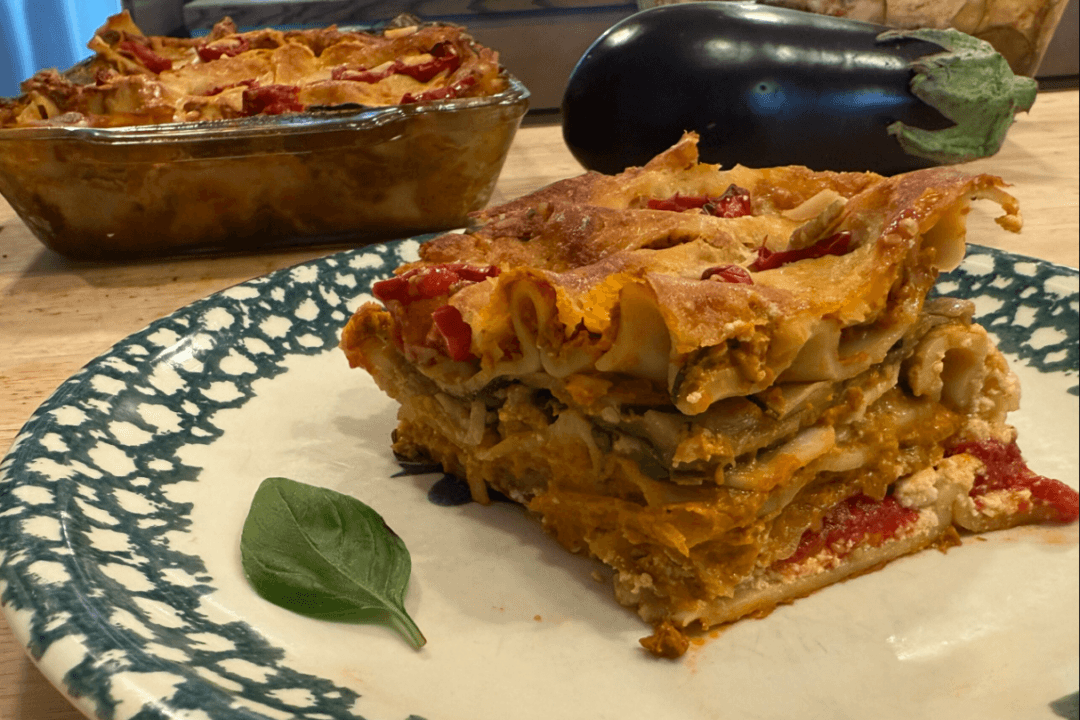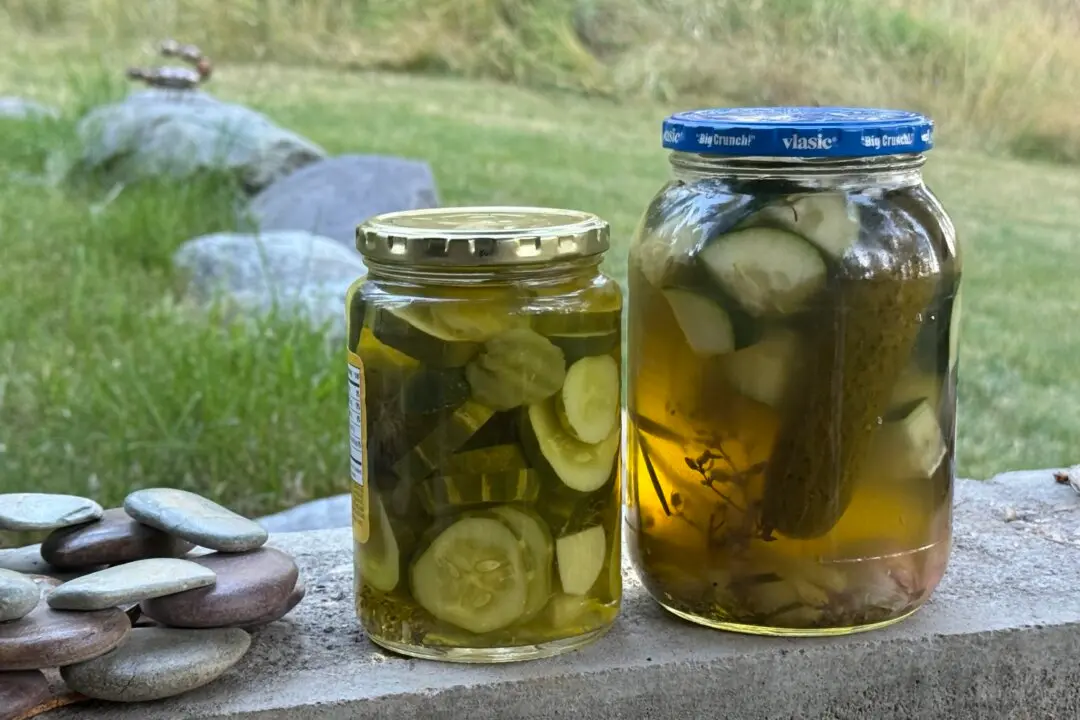The farmers market used to be more of a summertime thing. When the landscape turns brown and white, our thoughts don’t rush off to the next farmers market.
But don’t sleep on—or through—the winter market. The colors of fresh veggies seem all the more vibrant against the grim backdrop of winter, and the flavors are like much-needed tastes of sunshine.

